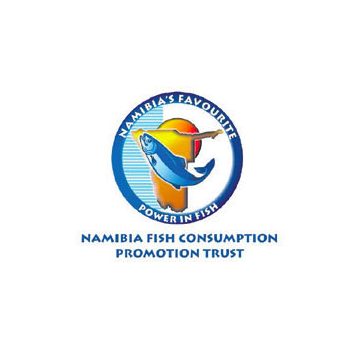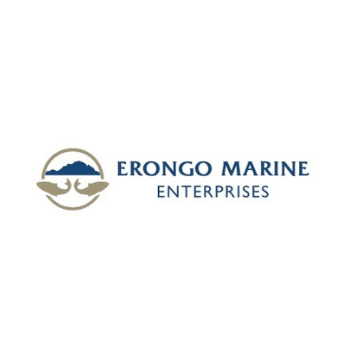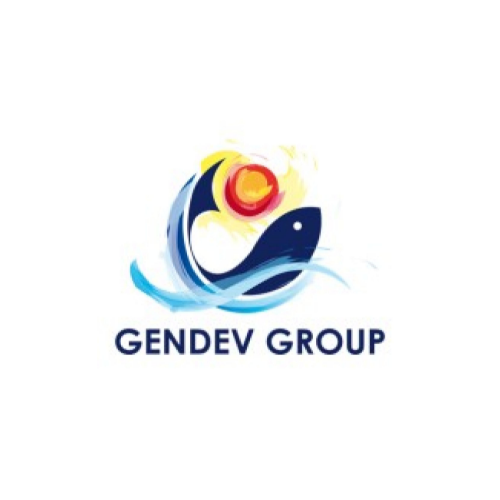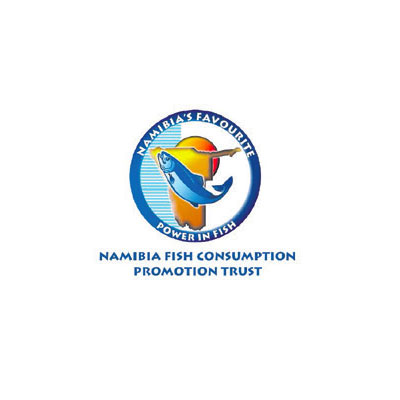Namibia’s fishing industry plays an important role in the country’s economy – providing employment, as a foreign exchange earner and contributing to government revenue. The Bank of Namibia (BoN) has projected growth of 2.6% in 2022 – down from 3.2% in 2021 and a contraction of 9.5% in 2020.
The mandate of the Ministry of Fisheries and Marine Resources (MFMR) is to manage the living aquatic resources sustainably and to promote the aquaculture sector. Total allowable catches (TACs) for eight species are determined annually by the MFMR based on scientific evidence and on the advice of the Marine Resources Advisory Council. Commercial harvesting rights for commercial purposes are granted to rights holders on the basis of various criteria and quotas are allocated to the rights holders.
Fishing companies have made major investments in onshore production facilities at Walvis Bay and Lüderitz over the past decade to increase employment opportunities in the industry, create value addition before products are exported and encourage product diversification.
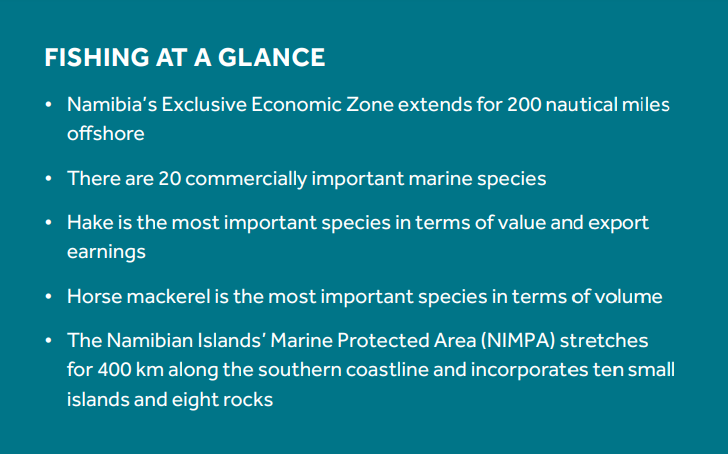
There has been no quota for pilchards since 2018 pending the findings of research to determine the health of the pilchard stocks. The moratorium on orange roughy, a high-value deep sea fish, remains in place.
The commercial marine fisheries are dominated by hake and horse mackerel, which account for over 90% of the total catches. The rich fishing waters of the Benguela marine ecosystem also support some 20 high value and other commercial species.
HAKE
Hake is the most important fisheries resource in terms of value, export earnings and job creation. About 90% of this mid-water and demersal species is caught by trawlers, while 10% is caught by longline. Frozen or wet hake is landed at Walvis Bay and Lüderitz.
Products include chilled fresh hake airlifted to markets in Europe and a variety of locally processed products such as prime cuts, high value loins, fillets and baby hake. Spain, the main export destination, accounts for close to 50% of total exports. Other European countries and South Africa are also major destinations, while a variety of coated and crumbed products are sold in Namibia.
The management and sustainability of the hake industry was assessed and certified by the Marine Stewardship Council in November 2020. The certificate expires in November 2025.
HORSE MACKEREL
Horse mackerel, the most important species by volume and the secondmost valuable fisheries export earner, accounts for about two-thirds of total annual marine catches. It is an affordable high-protein fish which is also rich in Omega 3. Zambia, Mozambique and the Democratic Republic of Congo are the main destinations for whole frozen horse mackerel.
Etosha Fishing introduced Namibia’s first canned horse mackerel range, EFUTA Maasbanker in 2013. The range includes horse mackerel in tomato sauce, chilli sauce and brine.
CRUSTACEANS
Rock lobster is caught in the shallow onshore waters of the continental shelf at the southern coastal town of Lüderitz. Japan and the People’s Republic of China are the main destinations of live and whole cooked and raw rock lobster.
The deep-sea crab fishery, which operates from Walvis Bay, is small in terms of the annual catches landed, but crab is a high-value product. Catches are processed on board or at the crab processing plant at the harbour town. Depending on the size of the crabs, products include whole round crabs, fresh or frozen sections, claw products, legs with or without shells and crab flakes and meat. Japan, the People’s Republic of China, South Korea and Spain are the most important export markets.
MONK AND DEEP-WATER FISHERIES
Monkfish, a high-value species, is caught as a target species or as a bycatch of the hake fisheries. Fillets and tails are exported to Spain, Italy, the United Kingdom and France.
Quotas for tuna and tuna-like species, caught in the southeast Atlantic, are determined by the International Commission for the Conservation of Atlantic Tunas (ICCAT). Albacore, the main target species, is exported frozen to Japan where it is used for sashimi. Other target species include big-eye tuna and swordfish, while blue shark and shortfin mako are caught as by-catches.
OTHER COMMERCIAL SPECIES
Sole and kingklip, two high-value species, are caught as bycatches of the trawl fisheries. Other important by-catches such as angelfish, ribbon fish, John Dory, jacopever and snoek are frozen at sea and processed on-land for export and local consumption.
The commercial line fishing sub-sector operates mainly along the central coast from Walvis Bay, Swakopmund and Henties Bay. Snoek, silver cob (also known as kabeljou), West Coast steenbras are the main species caught from skiboats and larger vessels.
INLAND FISHERIES
Namibia’s northern perennial rivers, the Okavango, Kwando, Chobe and Zambezi, have provided a source of protein for the people living along these rivers for centuries. But the increasing human population and overexploitation of the rivers’ fishing resources have resulted in a decrease in the fish populations. The MFMR has, however, set aside several fisheries reserves in the Zambezi River, while there are also regulations to control fishing in the Okavango River.
Eight inland freshwater aquaculture projects established, amongst others to improve food security, resort under the MFMR. The projects are located in West Kavango, East Kavango, Omusati, Oshana, Hardap, Karas and Omaheke regions. Annual production stood at 1,700 tonnes in 2019 which is well below the projected capacity of 5,000 tonnes a year.
MARICULTURE
Washed by the nutrient-rich and pollution free water of the Benguela system, the sheltered lagoons at Walvis Bay and Lüderitz enjoy ideal conditions for the cultivation of various shellfish species. Mariculture (marine aquaculture) is a relatively small industry operating from Lüderitz in the south of the country and the central coastal towns of Walvis Bay and Swakopmund.
The industry is dominated by the cultivation of mainly Pacific oysters in the lagoons at Lüderitz and Walvis Bay. Namibia’s highly acclaimed oysters are sold locally and exported to South Africa and Asia. Abalone from Namibia’s only abalone farm at Lüderitz is exported to Hong Kong, the People’s Republic of China and Japan. At full capacity, the farm will produce 300 metric tonnes a year. Mussels are cultivated at the Walvis Bay lagoon, while scallops and seaweed are among the emerging mariculture sectors. A multi-million project by Kelp Blue Namibia to cultivate and harvest giant kelp in waters between 3 km and 10 km off the Lüderitz coast was inaugurated in May 2022. Alternative agri-food, bio-stimulants, textile products and dye are some of the products that can be derived from kelp.
VITAL CONTACTS
Benguela Current Commission
Private Bag 5031, Swakopmund
Tel: +264 64 406 901
benguelacc.org
Directorate of Inland Fisheries And Aquaculture Namibia
Private Bag 13355, Windhoek
Tel: +264 61 205 3021
mfmr.gov.na
Fisheries Observer Agency
P O Box 2903, Walvis Bay
Tel: +264 64 219 500
foa.com.na
NAMFI – Namibia Maritime & Fisheries Institute
P O Box 3228, Walvis Bay
Tel: +264 64 270 900


